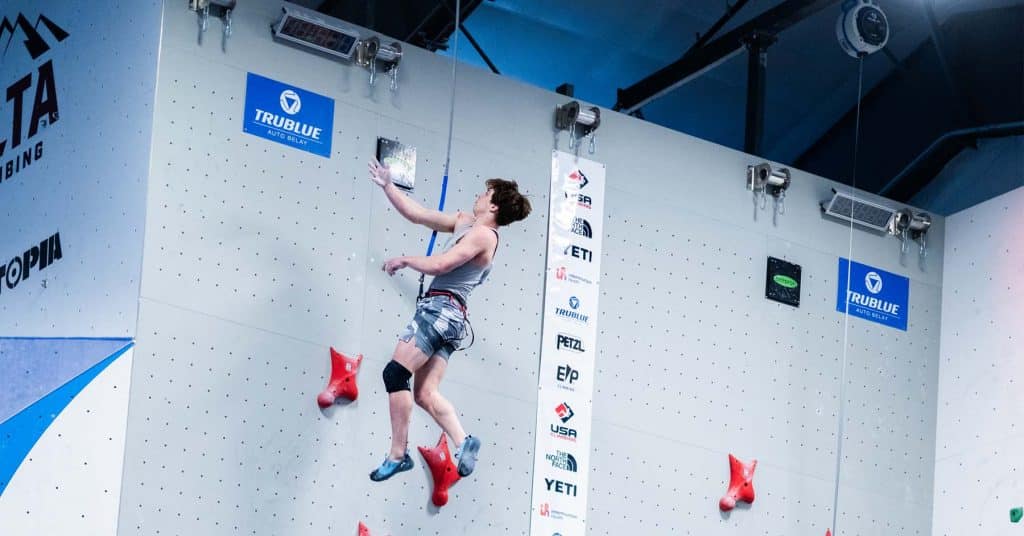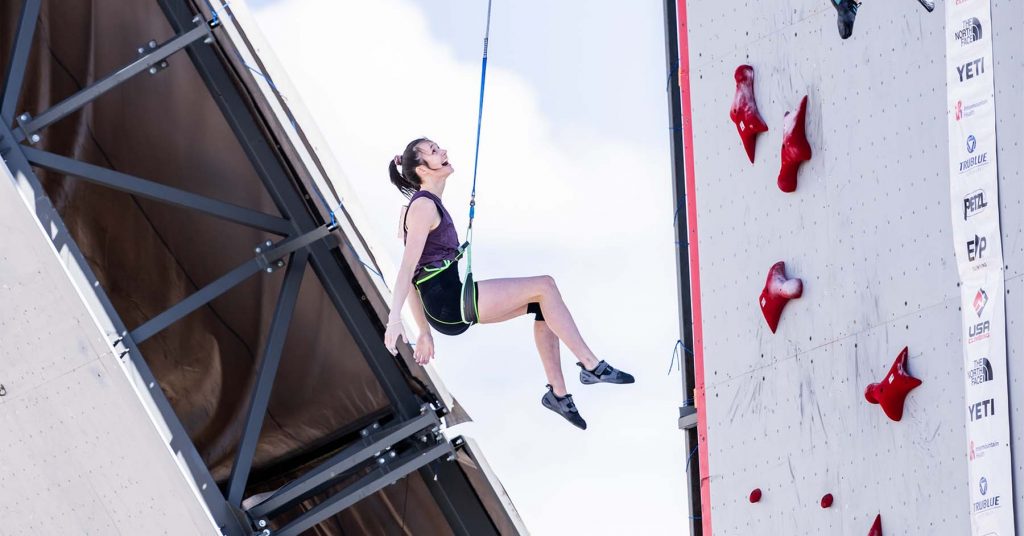There is a divide between indoor and outdoor climbing that continues to rear up, both sides trying to gain followers in a fruitless fight. Some say indoor climbing isn't really climbing. Some say experienced outdoor climbers need to step up as mentors instead of grumbling. Others say do what makes you happy and let the rest be.
What if you are an indoor climber looking to progress or move outdoors? You likely have to rely on classes and clinics to learn the necessary skills like rappelling, lead climbing, and lead belaying. These lead climbing basics are not that difficult to learn, but the skills should be taken seriously due to the risks involved. Before you attempt your first lead climb or lead belay, practice indoors and focus on safe practices until you are comfortable progressing. Auto belays are a great tool for practicing lead climbing basics and can act as a backup while you gain competency and confidence.
What is Lead Climbing
There are many styles of climbing, and lead climbing is just one style. When lead climbing, the climber ascends the wall and clips the rope into protection on the wall as they move upwards. Most climbing gyms have areas with lead climbing routes only, and most outdoor routes are lead routes. This makes lead climbing an important skill for climbers who want to climb outdoors or be able to explore more of their indoor climbing territory.
Lead Rope Climbing vs Top Rope Climbing
Top rope climbing is the first style climbers learn before advancing to lead rope climbing. Because the climber advances the rope up the route as they climb, there is potential for larger falls for the climber. The belayer also has more responsibilities. They must give out slack as the climber ascends, but they must manage an appropriate amount of slack. Too little and the tension will hinder the climber. Too much and the climber would experience a larger fall if they came off the wall.
The climber also has new skills to learn when transitioning from top-rope climbing to lead rope climbing. They must practice hand technique for clipping the rope into the quickdraw, learn the dos and don'ts of rope positioning, and learn how to fall. These are the lead climbing basics that are great to practice with an auto belay in place as a backup.
Lead Climbing Basics
Clipping is the first skill you should practice for lead climbing. There are multiple ways to clip a draw, and you should be comfortable clipping with both hands. Practice clipping at home by hanging a spare draw and clipping a spare piece of rope over and over and over again. Practice the forehand method and the backhand method with your right and your left hands.
Falling is the scariest part of lead climbing, so it's something you should practice to get more comfortable with. Make sure you are high enough to avoid ground falls, and then start with small falls on indoor routes that are overhanging. Progress until you are comfortable taking bigger falls. Chris Wall from the Boulder Rock Club has more tips on how to safely practice the basic lead climbing skills.
Lead belaying is another crucial skill, and you should consider taking a lead belay class if you want to learn the basics. You'll learn how to feed out rope, manage the slack in the rope, and how to catch a fall. These skills are just the start, and there will be plenty more you should learn to improve your belaying skills.
Using Auto Belays to Learn Lead Climbing Basics
Lead climbing and lead belaying skills are important for progressing as a climber, especially if you want to move from indoor climbing to outdoor climbing. While not difficult to learn, these skills are important to practice and take seriously because of the risks involved in climbing.
Remember that the TRUBLUE Auto Belay is a great tool for learning and practicing these skills, but it does not replace training from a qualified expert. Your local climbing gym will offer lead climbing and lead belaying classes, and these are the best place to learn lead climbing basics. Use an auto belay to then practice these skills and build your confidence.



